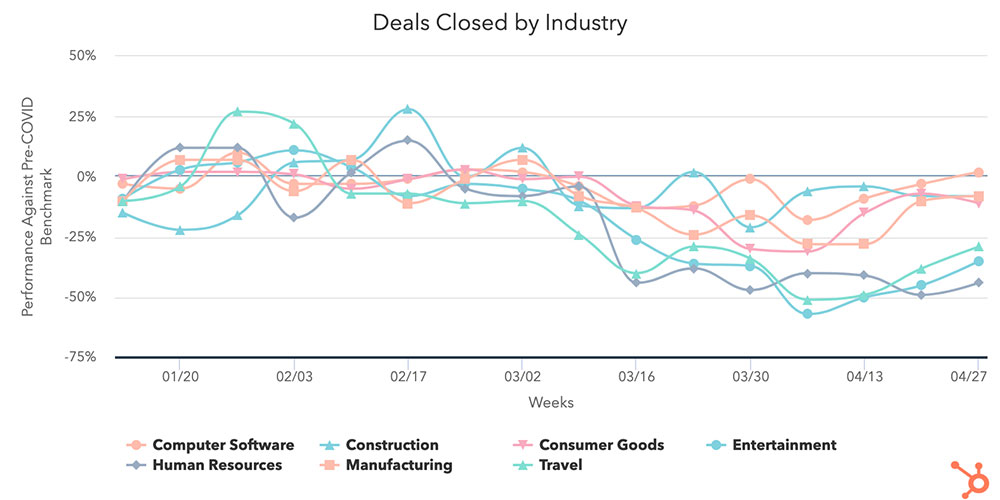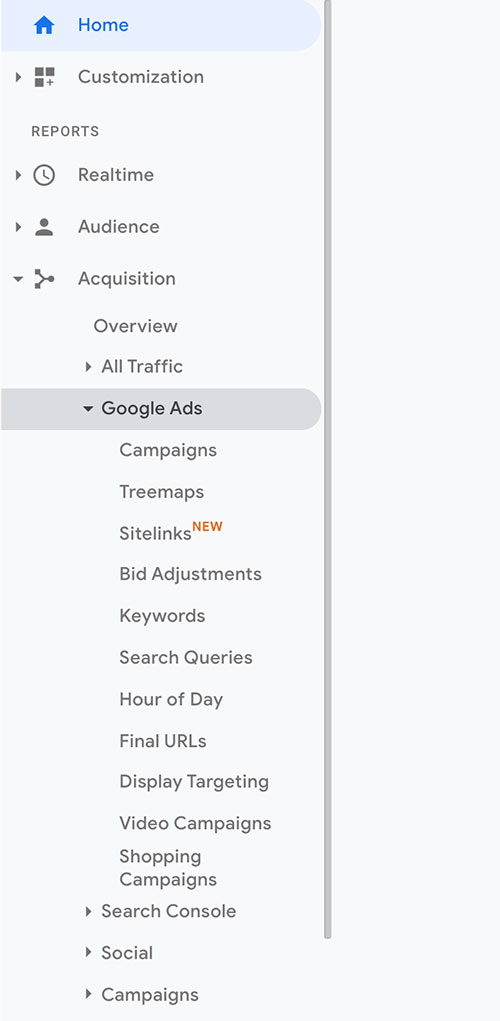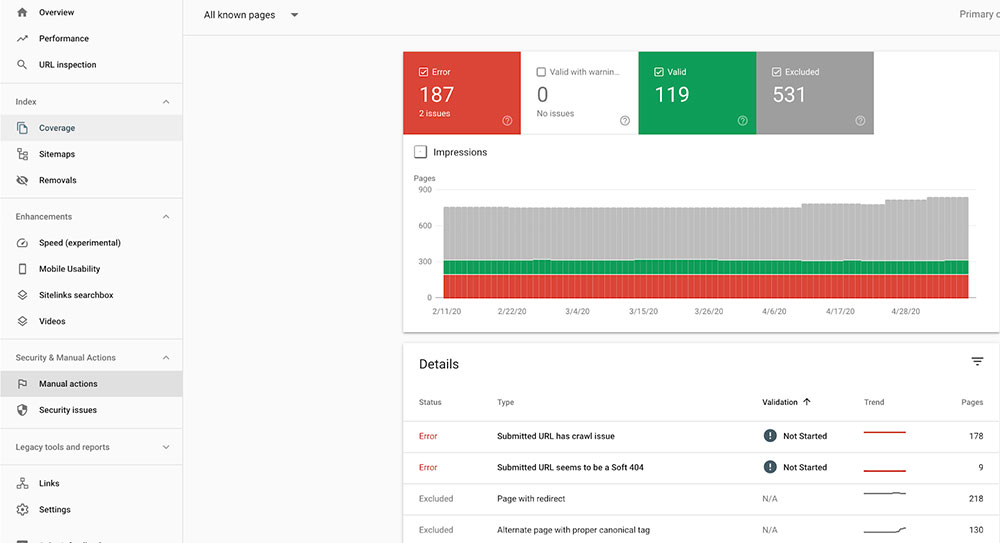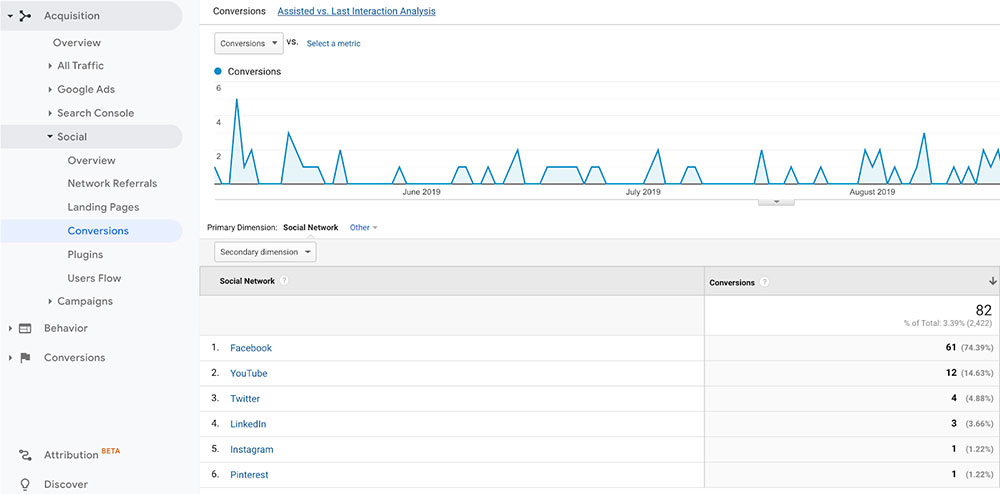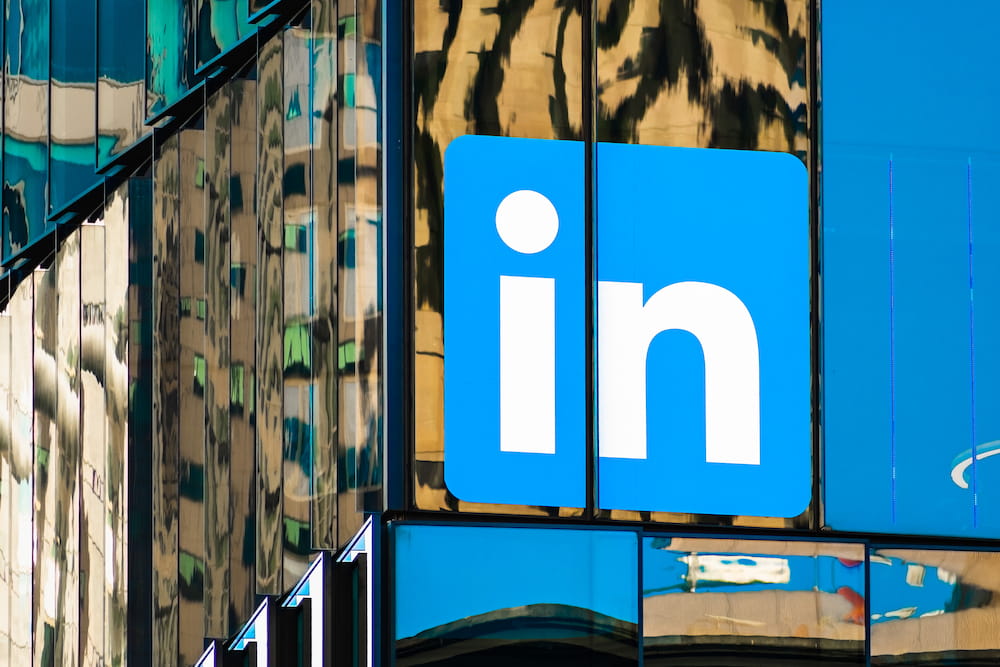In industries that are doing well, marketing and advertising budgets may not have changed. Tactics may have pivoted instead. But according to a Gartner survey of 360 marketing leaders in March 2020, 67% expect a decrease in their marketing and advertising budgets.
The data can be confusing. Website traffic remains high, especially in industries like computer software, construction, and consumer goods.
Unfortunately, the number of deals created by most industries has not recovered to pre-COVID benchmarks.
If you’re trying to figure out what can be put on the backburner and what has to be maintained, we’ve got you covered. Here are the essential components of your marketing strategy.
Pay Per Click & Advertising Essentials
45% of 176 advertisers in the sectors hit hardest by COVID-19 surveyed by Gartner had delayed a campaign launch due to budget cuts. Another 34% had to alter their ad creatives, and 26% had to cancel media buys altogether.
So, if you have a now-limited budget for pay per click, how should you spend it?
If you have been using Google Analytics to track your PPC campaign results, the answer lies there. Google Ads advertisers can use the reports under Acquisitions to see details about the most profitable campaigns.
What about PPC campaigns on other search engines like Bing, social networks like Facebook, or content discovery platforms like Outbrain or Taboola? If you added UTM parameters to your landing page URLs, you could find the results under Campaigns in the Acquisitions section.
Of course, your customers may need something different from you now than they did in the past.
- Restaurants, for example, may focus their remaining PPC budget towards terms related to delivery and carry out.
- Companies with reputation management issues may keep their remaining budget on brand name terms to ensure people see the most favourable results above the fold.
- Online retailers with high volume traffic may use their remaining budget on retargeting ads to re-connect with visitors that are most likely to convert into customers, especially after their stimulus checks arrived.
Search Engine Optimization Essentials
It is hard to accurately pinpoint keyword rankings, thanks to personalization, device, and location. However, studies in 2013 and 2019 confirm the page in the #1 position of Google search results gets 33% and 31.7% of traffic from search users.
In the 2013 study, traffic for the page in the #2 position of Google search results only received 18% of traffic. The updated 2019 study found that moving up one spot on the first page of search results increases traffic by 30.8%.
We know that certain things are important to ranking well in Google search results. These Google ranking factors include (from most crucial) inbound links, keyword intent, topic authority, and domain security.
If your business wants to maintain its current keyword rankings and organic search engine traffic, your essential tasks would include the following:
- Keep track of your current inbound links with tools like Linkody. If you lose any links, you will need to replace them with new incoming links. The new links should be of equal or (preferably) higher quality.
- Continue to optimize your current website content for better keyword and conversion optimization.
- Monitor your website via Google Analytics, Google Search Console, and a third-party uptime monitoring service like Pingdom to ensure your site stays healthy. In this case, you’re making sure your website continues to receive traffic, doesn’t have any security issues, and doesn’t get any manual actions from Google.
If your business wants to continue increasing keyword rankings and organic search traffic, add the following to the above essential tasks.
- Increase your topic authority by adding new, in-depth content to your website. Focus on quality, not quantity.
- Use these link building email templates to reach out and acquire new, high-quality links for your website.
- Review the data in Google Analytics and Google Search Console to see where you can improve page speed, crawl issues, mobile usability, and other on-site improvements.
Social Media Marketing Essentials
Social media marketing covers a lot of ground, especially with the number of new networks that arise in popularity each year. But as a marketing team with a limited budget, it’s important to focus on the things that bring the most value to your business.
The first place to go for answers, again, is Google Analytics. Under the Acquisition section, you will find the Social reports. If you have set up conversion goals in your Google Analytics to track sales, you can see which social networks drive the most visitors who convert into customers in the Conversions report.
If you’re having trouble deciding what networks to continue focusing the most budget on, this should help. Prioritizing the social networks that drive the most conversions will be the most beneficial for ensuring that your business has a better marketing budget next quarter.
Alternatively, you can use this list of essential social media tasks. It helps when you’ve gotten too involved in all of the “extra” features of social media to get back to the basics.
- On Facebook: Post to your page and group at least once per day. Respond to comments, new discussions, and conversations in Messenger.
- On Instagram: Post to your profile at least once per day. Respond to comments. Check branded #hashtags for new posts and comments. Reply to direct messages.
- On Twitter: Tweet to your audience at least once per day. Respond to @username mentions. Check for any mentions of your business that didn’t include an @username. Respond to new direct messages.
- On LinkedIn: Post to your company page and group at least once per day. Respond to comments, new discussions, and new direct messages.
- On Pinterest: Pin something to your profile each day. Respond to comments and direct messages.
- On YouTube: Post to your channel weekly. Post to your community tab daily. Respond to comments.
Ideally, this plan will ensure that you won’t lose any of the audience engagement you have built upon the top social networks. This will keep your posts more visible in social media newsfeeds and keep your business on your customer’s minds.
Email Marketing Essentials
For some industries, marketing email open rates in recent weeks have been higher than pre-COVID benchmarks. What does that mean for your business?
It means that people want to hear from you, the people behind the business. If your marketing budget has been limited, you may not have the time to do everything you had planned with your email strategy this quarter. Here’s what you can – and should – do.
- Take a look at your list of email subscribers/contacts. If you haven’t taken the time lately, clean up your contacts list to improve deliverability. That way, more messages reach their destination and improve your email marketing’s overall ROI.
- Send regular updates to your contacts about what’s happening with your business.
When it comes to frequency with your marketing emails, you will want to keep the same frequency based on your current analytics. Opinium’s survey of over 2,000 US consumers found that over half want to hear as much from their favourite brands, if not more, during the pandemic. So don’t let your customers down!


